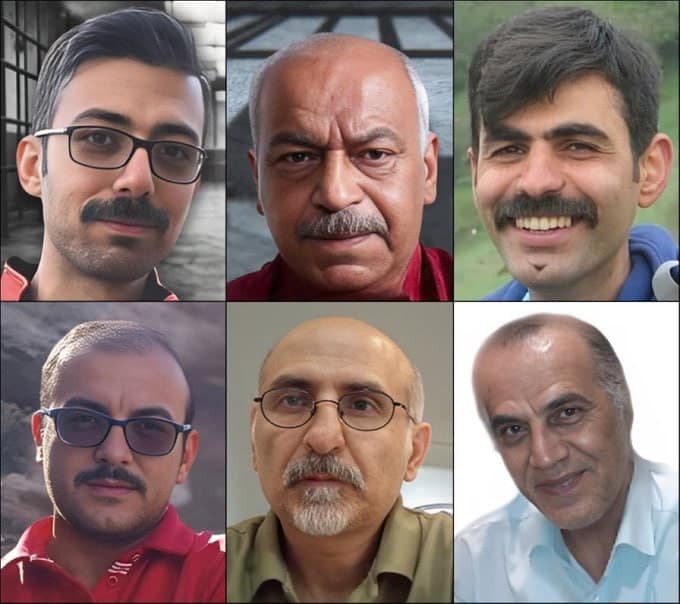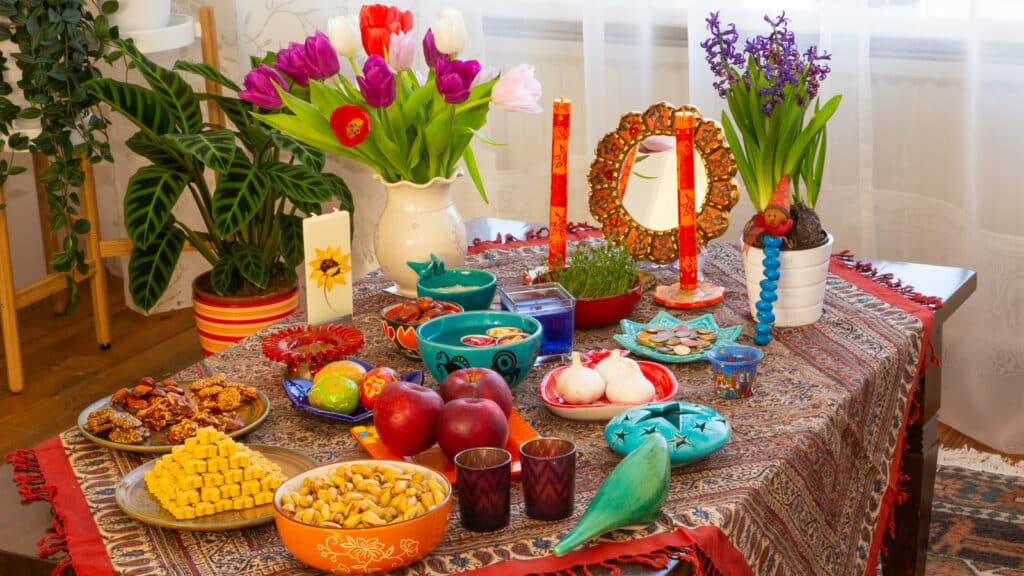Today, five Iranian political prisoners were forcibly and unexpectedly transferred from Ward 4 of Evin Prison to Ghezel Hesar Prison—a known site for carrying out executions. This move is a clear indication that their death sentences may be carried out imminently.
Mohammad Taghavi, Pouya Ghaedi, Vahid Bani-Amrian, Ali Akbar Daneshvarkar, Babak Alipour
Simultaneously, in Urmia Prison, political prisoner Hamid Hosseinnezhad was transferred to solitary confinement—a familiar and painful prelude to execution. According to his lawyer, his sentence is set to be carried out on Friday, April 18, 2025.
Hamid’s daughter, with a trembling voice filled with fear and hope, sent a desperate message:
“I ask all people and awakened consciences around the world to help. Please don’t let them kill my father.”
This is not just a legal case—it’s a life, a father, a daughter, and a society that refuses to bow to the gallows.
Systematic Executions as State Terror in Iran
As highlighted in the recent report by Mai Sato, presented to the United Nations Human Rights Council in March 2025, the Islamic Republic of Iran uses the death penalty as a tool of political repression—not justice.
The UN Fact-Finding Mission on Iran confirmed that executions are disproportionately used against political prisoners and protesters, often following unfair trials, forced confessions under torture, and lack of due process.
This pattern is not new, but what’s new is the urgency: we are watching the machinery of death in motion—today.
A Historical Pattern of Execution for Silence
The 1980s: Massacre and Fear
The Islamic Republic’s use of the death penalty against political opponents began soon after the 1979 revolution. In the 1980s, thousands of political prisoners were executed, especially in the 1988 massacre, where inmates who had already served time were retried in minutes and sent to death. Buried in mass graves like Khavaran, these victims were targeted for “persisting in their beliefs.”
During the nationwide protests of 2019, 2021, and especially the “Women, Resistance, Freedom” movement in 2022–2023, the regime returned to its old tactics. Dozens of protesters and alleged dissidents were executed, sometimes publicly, to spread fear but resistace is still growing.
Who Are These Five Prisoners?
The five human right activist individuals now facing execution were accused to war against god.
- Their trials were grossly unfair
- They were denied access to independent lawyers
- They were tortured during interrogation
- They were threatened with summary executions
Their transfer to Ghezel Hesar—the main execution facility in Iran—is an alarm bell. These men are not just names. They are sons, fathers, friends. And they may be hanged any day now.
Resistance Behind Prison Walls
When the five prisoners were transferred, other political inmates in Ward 4 of Evin Prison protested courageously, chanting: “Do not execute!”
They stood unarmed but united in defiance.
Outside the prison, families also took action. The family of Vahid Bani-Amrian, joined by others, began a sit-in outside the prison gates—shivering in the cold, holding photos, hoping the world would hear them.
Our Goal: Stop These Executions Immediately
Through our campaign “Save Five Lives,” we are urgently working to prevent these state killings. Here’s what we aim to do—with your help:
Hire international legal teams to intervene immediately
Launch emergency international advocacy
Engage media and raise awareness
Mobilize human rights organizations
Submit formal letters and petitions to global institutions









